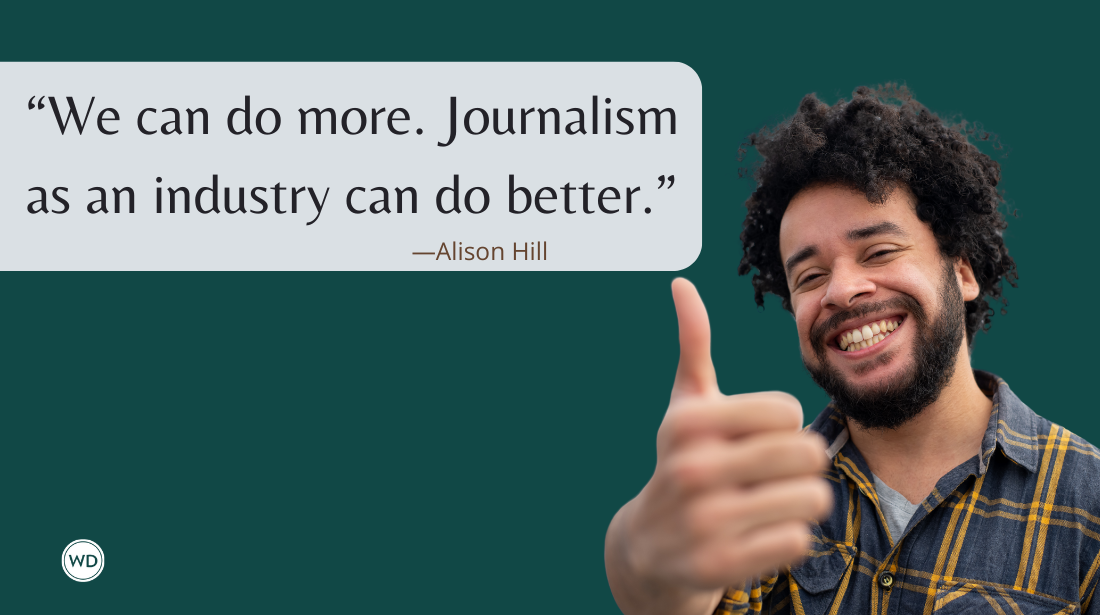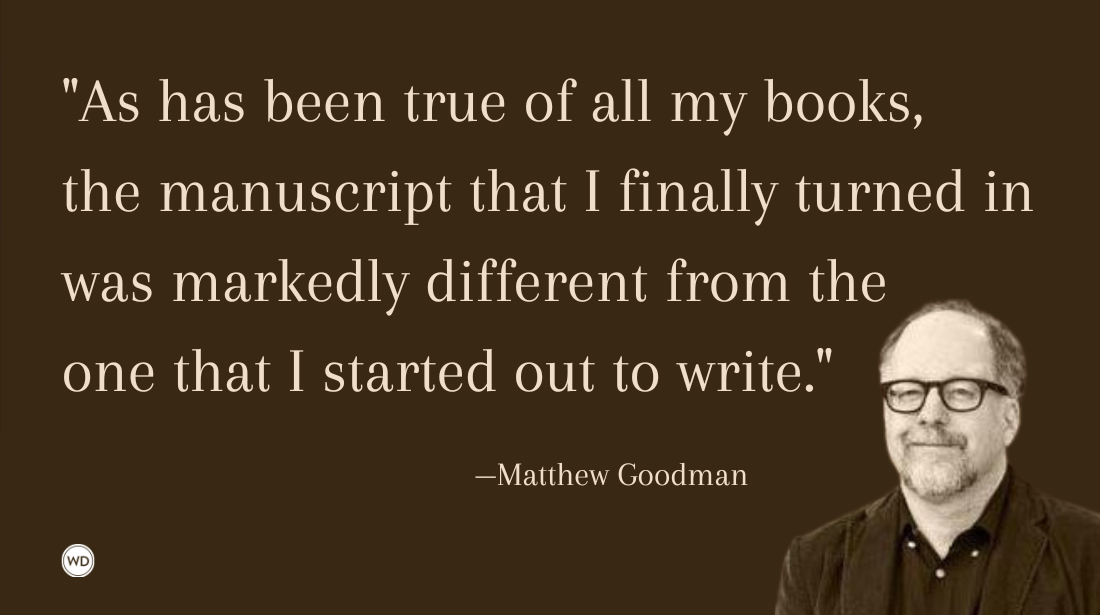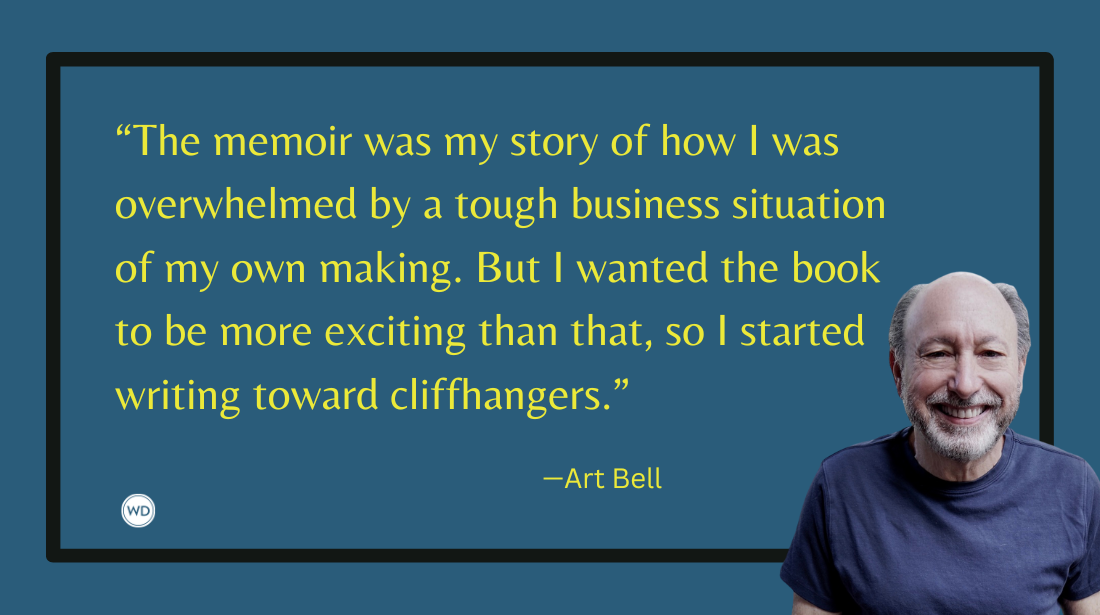7 Powerful Archetypal Headlines for Copywriting
Copywriting expert Robert W. Bly shares seven powerful archetypal headlines that work for copywriters, including reasoning behind them and examples of each. While specifically for copywriters, this is useful for all writers involved with writing headlines and titles.
A well-known formula for writing copy that sells is "AIDA." AIDA says your ad must do these 4 things—in sequence:
- Get the prospect's ATTENTION.
- Grab the reader's INTEREST.
- Awaken and amplify DESIRE for the product.
- ASK for the order.
GETTING ATTENTION is the job of the headline.
Through long decades of trial-and-error and testing, we have discovered 7 categories of headlines that work especially well for getting attention. They are so timeless that we call them "archetypal” headlines:
#1: Reason-why headlines.
These headlines promise to reveal multiple reasons why the prospects should want to buy the product. The headline begins with the words "reasons why" and the body copy under it is a numbered list of sales points.
Examples:
"7 Reasons Why TV Producers Prefer Unilux Strobe Lighting Systems."
“5 Reasons Why You Can’t Afford to Miss the Toronto Money Show.”
#2: Question headlines.
Questions work in copy, because when you ask someone a question, you are actively engaging with them.
Right?
(See how it just worked with you!)
However, question headlines work only if the question is one that arouses curiosity, and to which the reader would want to know the answer.
Examples:
"Can You Write a Letter Like This One?" from an ad selling an AWAI copywriting course.
“When an Employee Gets Sick, How Long Does It Take Your Company to Recover?” for business insurance.
“Is Your Pump Costing You More to Operate Than It Should?” for Gorman-Rupp pumps.
“What Do Japanese Managers Have That American Managers Sometimes Lack?” for a business magazine subscription.
#3. How-to headlines.
How-to works because people want to learn interesting and useful things—and “how to” signals to them that they will learn such things by reading your ad.
Examples:
"How to Win Friends and Influence People" —from an ad selling the Dale Carnegie book; the headline is also the title of the book.
“How to Bake Beans” —from an ad for baked beans.
#4: Secrets headlines.
As with how-to, “secrets” implies that you will learn something interesting and useful by reading the ad.
But beyond that, “secrets” headlines also possess the added attention-getting power of exclusivity. Meaning you are going to learn something others do not know.
Example:
“The Secret to Moister, Richer Chocolate Cake" —from an ad for Duncan Hines Cake Mix.
#5: Free headlines.
“Free” is arguably the most powerful word in the English language. The desire to get something for nothing is nearly universal.
“Free” improves the headline’s attention-getting powers while also causing more people to respond.
Examples:
“Yours Free—Our Gift to You” collectible ad from Alan Shawne Feinstein.
“New Free Special Report Reveals Little-Known Strategy Millionaires Use to Keep Wealth in Their Hands – and Out of Uncle Sam’s” ad from Sterling Foundation Management.
#6: News headlines.
People have an intense interest in learning about, seeing, experiencing, and getting things that are new. In his book The 16-Word Sales Letter, Evaldo Albuquerque writes that we are “wired for novelty” and that our brains “light up when we see new stuff.”
This is simply and easily communicated by using words that tell readers your product or concept is novel; e.g. “New … new and improved … just-published ... newly released … now available ... at last … breakthrough”—and many more.
Examples of headlines touting the new and novel:
“Finally a Caribbean Cruise as Good as Its Brochure” for a cruise line.
“Announcing a painless cut in defense spending” for a defense contractor.
#7: Command headlines.
Sometimes, a good way to get somebody to do something is to either ask or tell them to do it. The command headline tells the reader what to do and provides them with a motivation to do it; e.g., “call this 800 number for a free catalog.”
Example:
“Try Burning This Headline” for Harshaw Chemical.
Harshaw sold a fireproofing compound. The ad demonstrated the product in this way:
The page on which the ad was printed was coated in the fireproofing chemical. When you held a match to the page, it started burning. But when you removed the flame, the page immediately stopped burning.
In this case, the motivation is to satisfy curiosity about the challenge being made—to light the magazine on fire!








